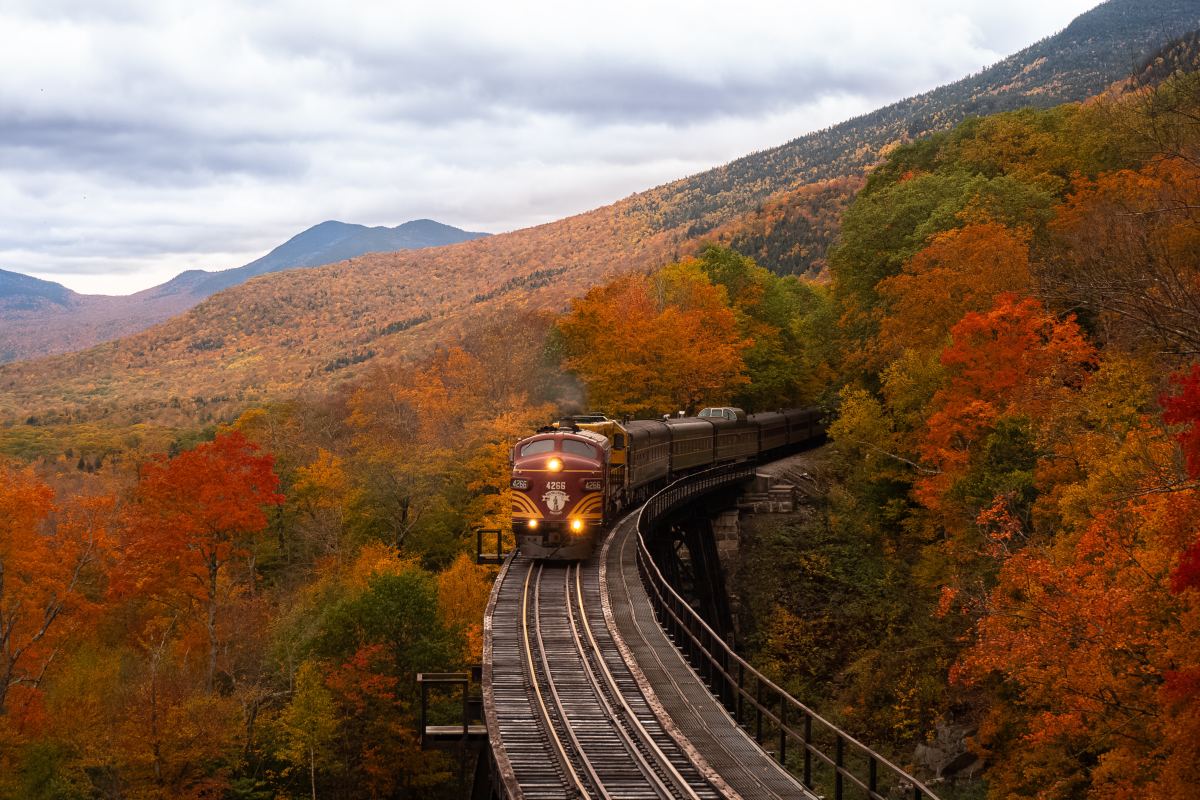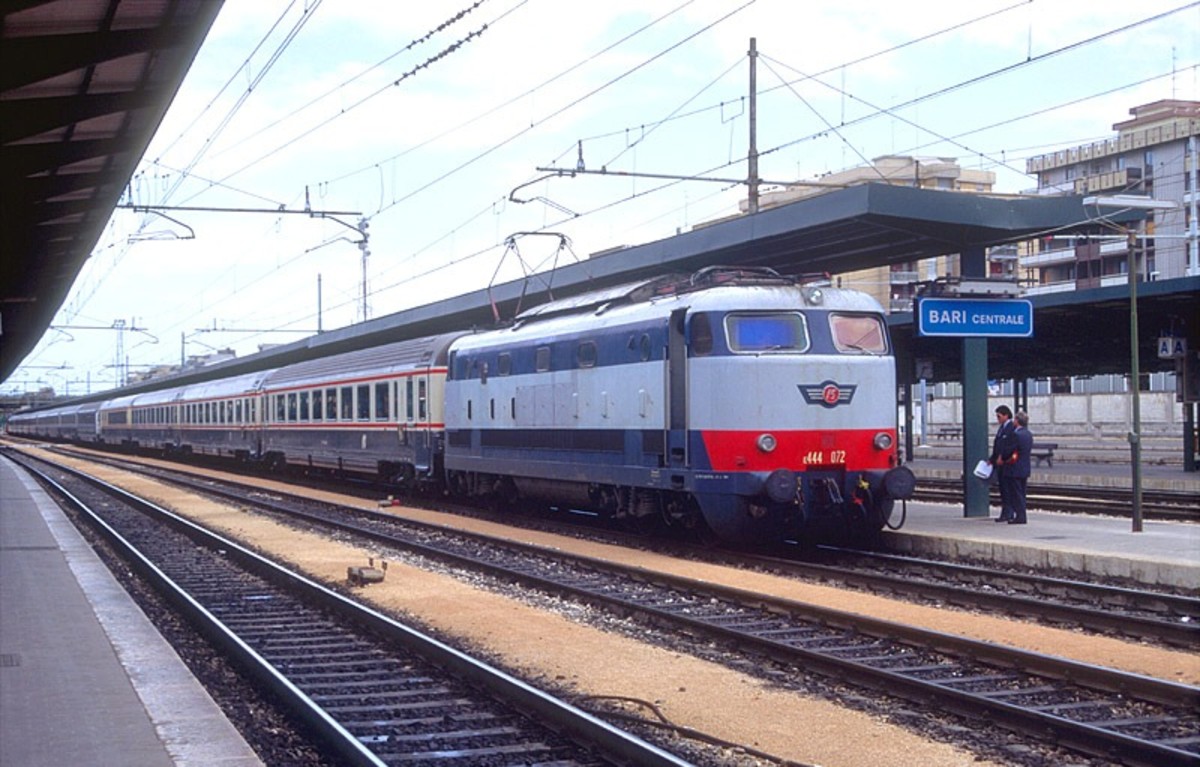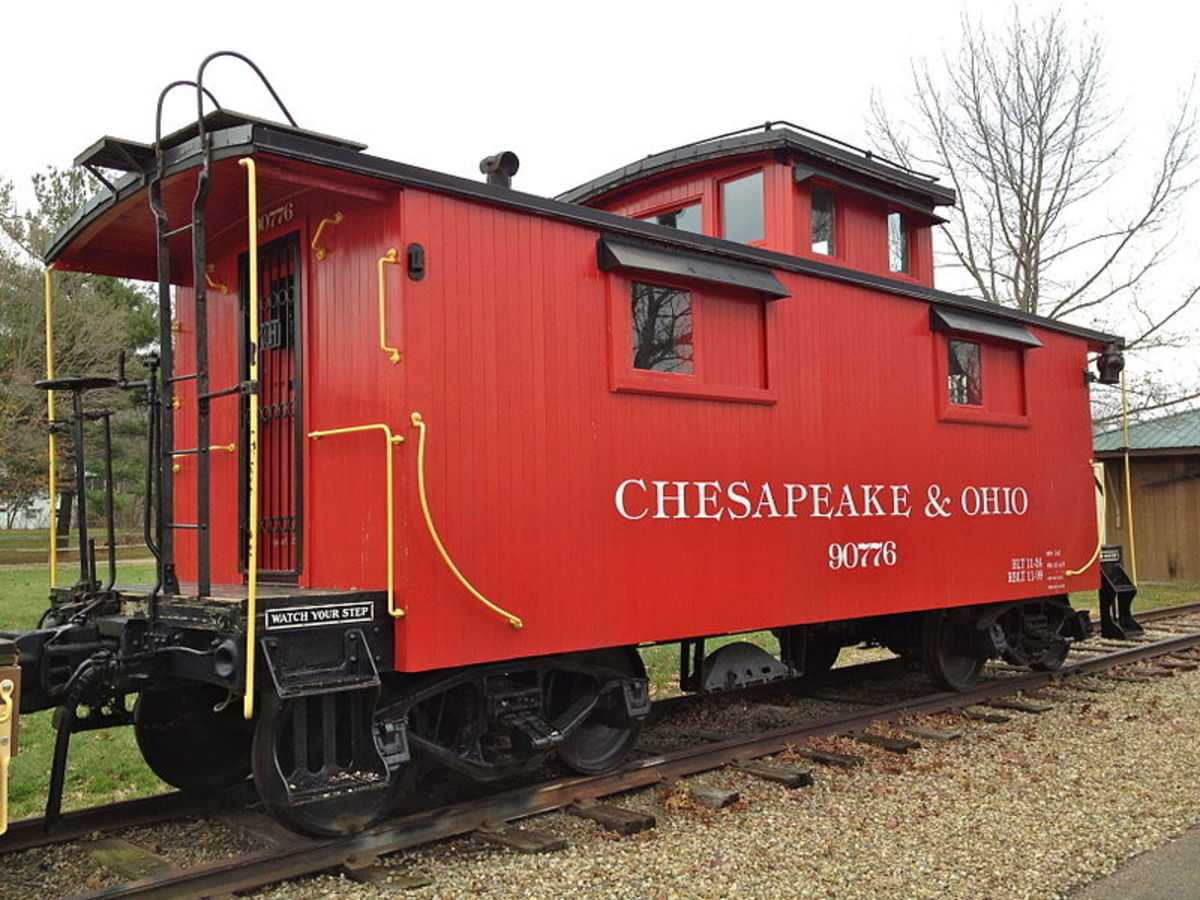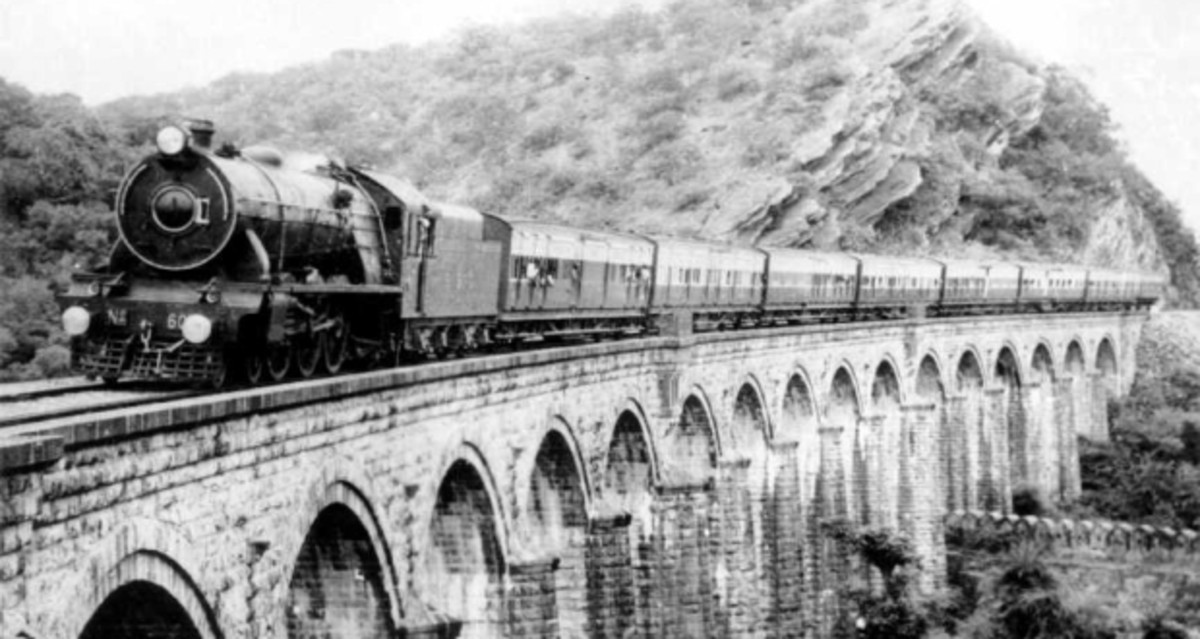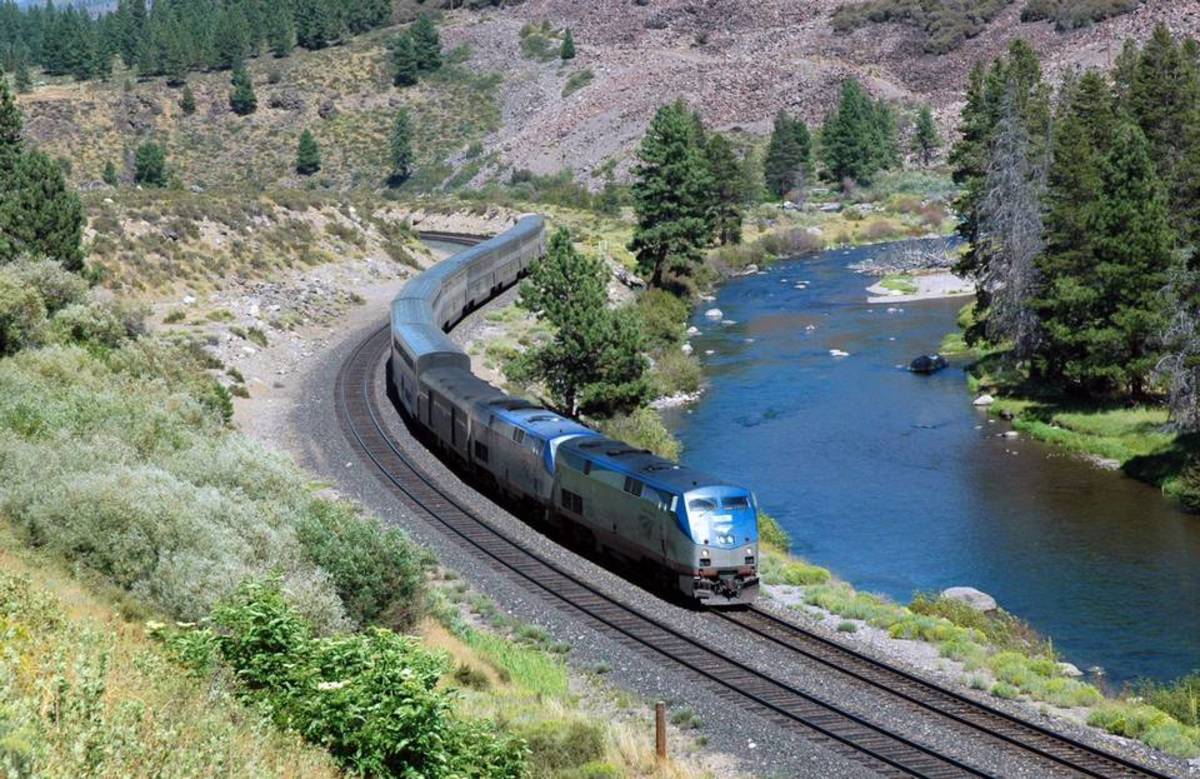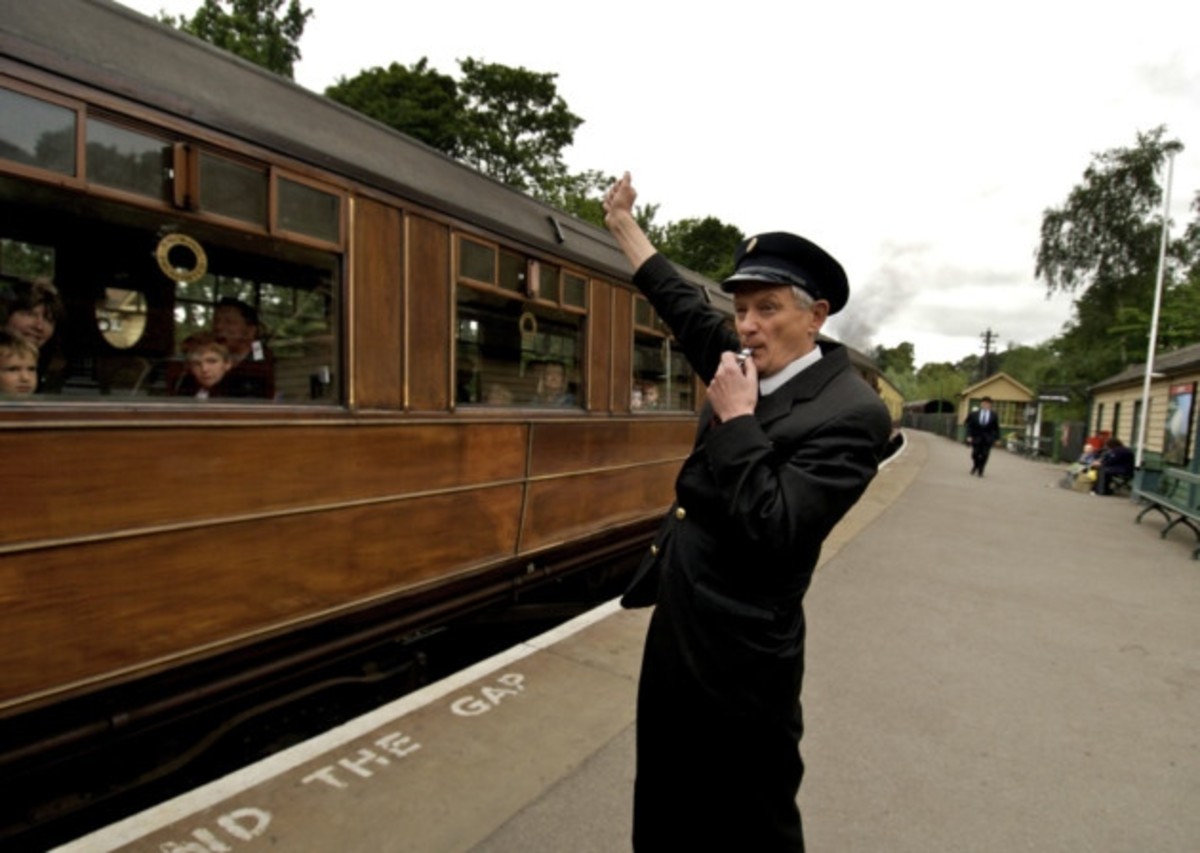European Rail Passes - A Travel Fail?
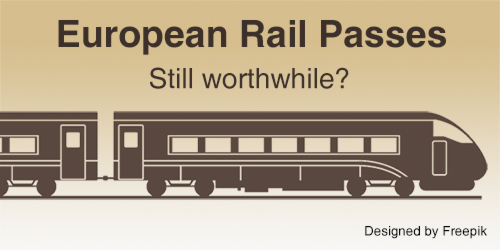
My passion for European travel began in 1998. I read that year’s version of Europe by Eurail and was instantly sold on the concept of “base cities” and exotic excursions. In the years to come, I have never visited Europe without a Eurail pass or one of its many variants. Based on experiences from these trips, I can say that European rail passes do mostly deliver what they promise. I.E. A convenient and comfortable way to see a group of nations packed closely together.
Mostly delivers. I repeat.
Over the years, one condition of usage increasingly diminished the attraction of European rail passes. That of the need for reservations. Yes. European rail passes grant you free travel with participating trains companies, but for the fastest and the best trains, you must make reservations. Reservations which aren’t exactly cheap. Miscalculate your reservations costs, and you could end up paying a small fortune for them. And that’s just the cost. Securing the reservations could be an adventure in itself. A big adventure that no one would appreciate having on any vacation.

The Need For Reservations
It seems reasonable to pay a surcharge for the best trains. The technology, the maintenance, etc. That is, till you discover the price of the reservations. The Thalys service between Brussels and Paris, for example, costs 30 Euros / 20 Euros for 1st and 2nd class respectively. One way. That makes it 60 Euros for both ways if you’re on an adult Eurail 1st class pass. Enough for a lot of pizzas and beers.
And no. No sneaking on board without reservations. There are checks, whether at the platform or on board.
To make things worse, some popular tourist routes are now connected exclusively by these services. For example, between Madrid and Seville. You could try to cover these routes with complicated roundabout journeys involving many crawling local trains and changes at remote stations. But how does a day on and off trains compare to a direct service? In other words, you are forced to pay. You have to pay, unless riding through Europe is more important to you than the sights of Europe.
Here’s the page at Eurail’s web which lists the current reservation prices, as well as the trains that require them. Do note that the lists are rather long in all categories.
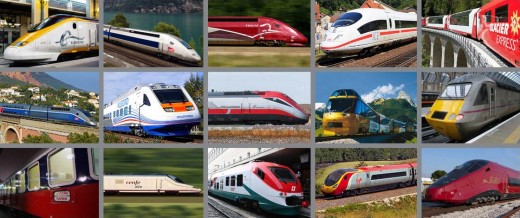
The Securing Of Reservations
Securing a European train reservation through the Internet is easy. If you’re willing to pay the additional charges. To use these services, you pay a fee per reservation on top of the reservation surcharge. In my country, tour agencies typically charge around USD 10/- per reservation, the last I checked.
Which is more money to pay, in order to use your theoretically all-encompassing European rail pass. To avoid this additional layer of fees, it thus make sense to secure reservations in Europe itself. Such as by using an automated machine. This could work, provided you manage to operate those things. Language barriers, faulty systems, inability to accept your foreign credit cards, and oh! Did I mention some of these machines only allow reservations for full tickets i.e. not for rail passes? This leaves you with just one option, to do the reservations at manned counters. Which itself is …
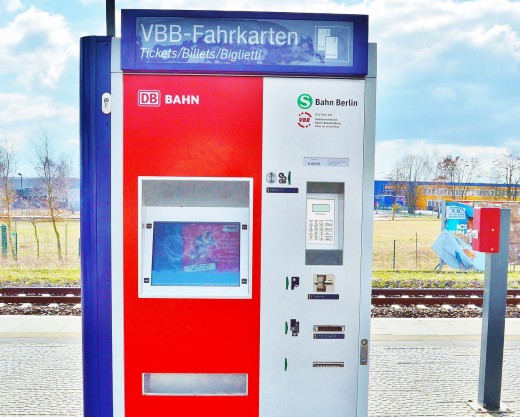
The Queue For Reservations
Getting your reservations done over the counter is the easiest way. The system is familiar with such requests by foreign visitors. Nearly all counter personnel speak English too, in most countries covered by the passes. You tell them what you need, *keyboard tapping*, and it’s done.
A wonderful experience. That takes place when you finally reach the counter.
To illustrate what I’m saying, may I share my list of timing achievements:
- Paris Montparnasse: 20 minutes in standing queue
- Amsterdam Centraal: 40 minutes before my queue number blinked
- Madrid Atocha: Approximately 90 minutes before it was my turn. I had a long lunch with two coffees at the café near the travel centre
- Firenze Santa Maria: Well over two hours. I actually finished reading half a paperback.
My advice. If you intend to do your reservations over the counter, do it at a lesser station. Don’t try it at major hubs like Madrid Atocha or Venezia Santa Lucia. If possible, do as many reservations as you can in one go, no matter how surly the service personnel gets. This of course requires some pre-planning and ultimately limits your travel flexibility. But trust me, nothing is more exasperating than standing in queue during a vacation. Only to be told all seats are sold out upon reaching the counter.
The Concept Of Reservations
Perhaps the greatest irk about reservations is that the entire concept goes contrary to what a railway pass is meant for. If you have to make reservations for so many trains, what’s the difference from buying individual tickets for each ride?
Sure, it could be argued that it’s for crowd control. In which case, isn’t there a more reasonable way to manage things? Take for example the exemplary JR Pass of Japan. Reservations are not mandatory though recommended. To cater to those without, there are always “jiyuseki”, or non-reservation carriages. Plus, reservations are free. The JR Pass does honour its promise of free-travel on all its trains with minimal conditions. You do not buy a JR Pass and end up paying a long list of surcharges.
Because of the need for reservations, your flexibility is also compromised. If you wish to play it safe and reserve your seats beforehand, you very much have to plan out your entire itinerary before departure. Any deviation involves significant money and time loss. Any ad-hoc decisions during your trip have the same repercussions too. Say for example, you wish to make a sudden trip from Rome down to Naples. Well, fine. Just go queue at Termini and hope there’s space. So much for free and easy, in the original sense of the phrase.
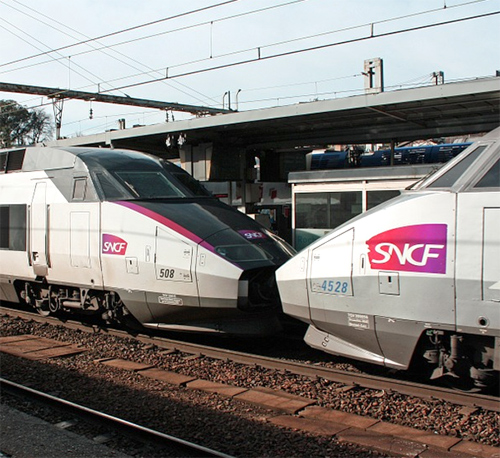
No Reservations for You! If You Are Using European Rail Passes
The necessity for reservations aside, European rail passes have one additional downside. Even if you are willing to pay or queue, you simply might NOT get a seat.
I experienced this in 2014. I was trying to book a TGV ride up to Paris from Nimes. To my surprise, every train from dawn till evening was “full.” This was unbelievable because according to the self-service kiosks and SNCF website, there were tens of seats available.
And then I found out from online forums that SNCF, or French Rail, severely limits the number of seats available for pass holders. So it was said, SNCF left the Eurail system briefly, and subsequently returned with lots of stringent conditions. The worst of these conditions was the allotting of single-digit seats for foreign pass holders on its TGV trains.
WTH.
I ended up waiting an entire day in Nimes for the only available train. Of course, I could have just waltzed onto any TGV and hoped not to be checked. But what happens if I do get caught? Could I talk my way into just paying the usual reservation fee, or would I be forced to pay for a full ticket? Whichever happens, my trip would be further sullied. In my opinion, so not the romantic way to enjoy Europe by train. Thanks to this incident, and what's mentioned above, I'm unlikely to use rail passes if I visit Europe again. The system made itself too troublesome. There's that question too of whether nowadays, it makes more sense to fly.
Have you any negative experience with European Train Passes? Please share!
Do you agree that the current reservations system for European Train Passes could be improved?
© 2016 Ced Yong

